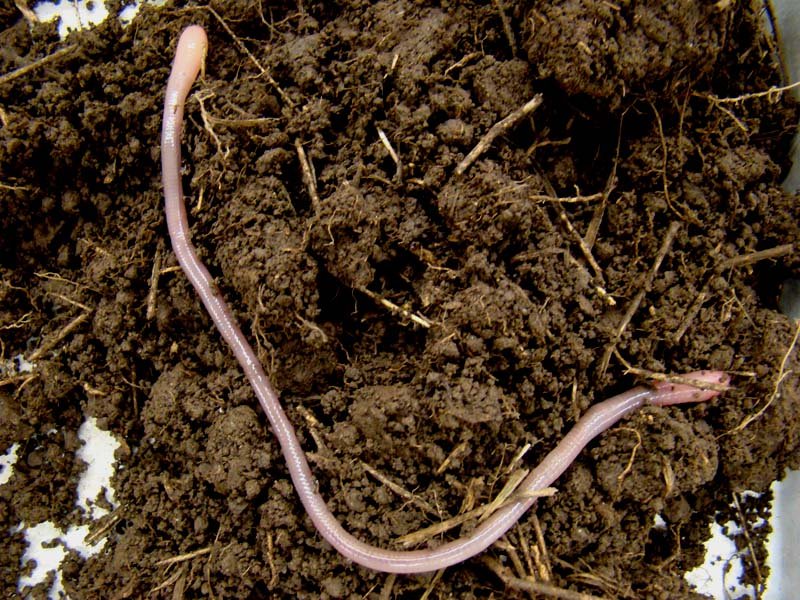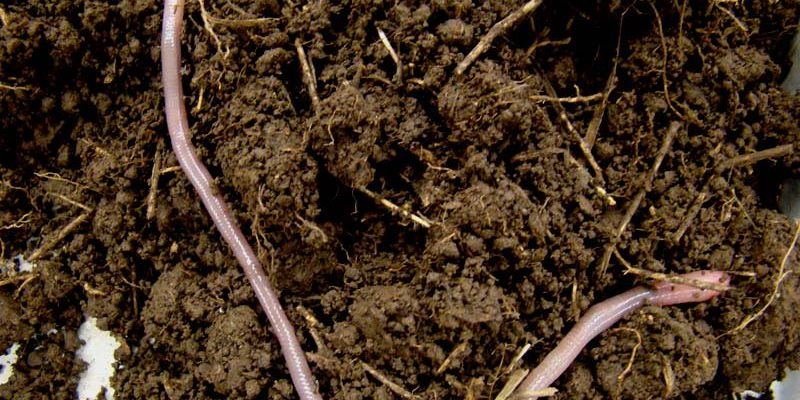
But there’s more to these fascinating creatures than just their size. The Giant Palouse Earthworm has an *elusive presence* and is a bit of a mystery. Not much is known about its distribution beyond its native area, which makes the study of its range so intriguing. Let’s dive into what makes this earthworm tick and uncover its habitat and distribution across the globe.
What Is the Giant Palouse Earthworm?
The Giant Palouse Earthworm is larger than your average earthworm, reaching lengths of up to 3 feet and possessing a distinct creamy-white body that makes it stand out. Unlike typical earthworms, which come out during rain, this giant prefers to stay buried. It can even live up to 7 years in the soil, which is quite impressive for its kind. Its size and unique habitat preferences make it a subject of research and conservation.
These worms play a crucial role in their ecosystem. They help to aerate the soil and improve its structure, which in turn benefits plant growth. They’re like nature’s little gardeners, tirelessly helping to keep the soil healthy and fertile. You might be wondering why such an important species is in danger. The answer lies in their limited distribution and the changes in their habitat due to agriculture and urban development.
Native Habitat of the Giant Palouse Earthworm
The Giant Palouse Earthworm is primarily found in the Palouse region, spanning parts of southeastern Washington and north central Idaho. This area is known for its rich, fertile soil, which is perfect for farming. However, the extensive agriculture in this region has led to significant habitat loss for these worms. In fact, much of their original habitat has been converted into farmland.
These worms thrive in deep, moist soils, typically found beneath native grasslands. The combination of loess soil and a specific moisture level is crucial for their survival. They create extensive burrows, which not only support their own living conditions but also benefit other soil organisms. But with the ever-increasing agricultural practices, these habitats are dwindling, posing threats to the Giant Palouse Earthworm population.
Documented Range Beyond the Palouse Region
Interestingly, while the Giant Palouse Earthworm is primarily found in its native habitat, there have been a few sporadic reports of sightings outside this area. However, those accounts are mostly anecdotal and lack scientific documentation. The primary focus of research has been concentrated on its native range, which complicates knowledge about its global distribution.
Due to its specific habitat requirements, the chances of finding the Giant Palouse Earthworm outside its native region are slim. If you’re curious about the factors that contribute to this limited distribution, consider the combination of climate, soil type, and habitat protection. Each of these elements plays a significant role in where these worms can thrive.
The Role of Research and Conservation
The Giant Palouse Earthworm is classified as a species of concern due to its declining population. Conservation efforts are in full swing to help protect its remaining habitats. Scientists and local organizations are conducting studies to better understand the needs of these creatures and how to restore their habitats.
Here’s the thing: protecting this worm isn’t just about saving a single species. It’s about preserving the delicate ecosystem that relies on healthy soil. The presence of the Giant Palouse Earthworm is an indicator of soil health, making it a crucial component in the fight against land degradation. It’s remarkable how a simple worm can have such a profound impact on its environment, isn’t it?
Threats to the Giant Palouse Earthworm
The Giant Palouse Earthworm faces several threats that endanger its survival. The most significant of these is habitat loss due to agricultural expansion. As farmland grows, the natural grasslands that these worms call home shrink. This leads to fewer burrowing opportunities and a decline in soil quality.
Additionally, overgrazing by livestock can compact the soil, making it harder for these worms to thrive. Then there’s climate change, which can alter soil moisture levels and temperatures, further endangering this species. Each of these threats compounds the issues caused by human activities, making the Giant Palouse Earthworm’s situation even more precarious.
Why the Giant Palouse Earthworm Matters
The Giant Palouse Earthworm isn’t just another interesting creature to learn about; it serves a significant ecological purpose. By aerating the soil and breaking down organic matter, these worms help create a thriving environment for plants and other soil organisms. They are a vital part of our ecosystem!
Plus, studying the Giant Palouse Earthworm can provide insights into soil health and sustainability practices. If we can understand how to protect and support the survival of this earthworm, we may discover methods that benefit other species and improve agricultural practices overall. It’s a win-win situation for both nature and farming communities.
In summary, the Giant Palouse Earthworm is a remarkable species with a truly fascinating role in its ecosystem. While it calls the Palouse region home, its distribution remains a mystery outside this area. As human activities continue to threaten its habitat, conservation efforts are more crucial than ever. Protecting this giant worm is not just about saving an oddity of nature; it’s about preserving the health of the soil that supports all life.
By understanding the unique needs of the Giant Palouse Earthworm, we can take steps toward creating a better future for it and, ultimately, ourselves. So, next time you see a worm in your garden, think about its larger relatives and the important role they play in our world!

